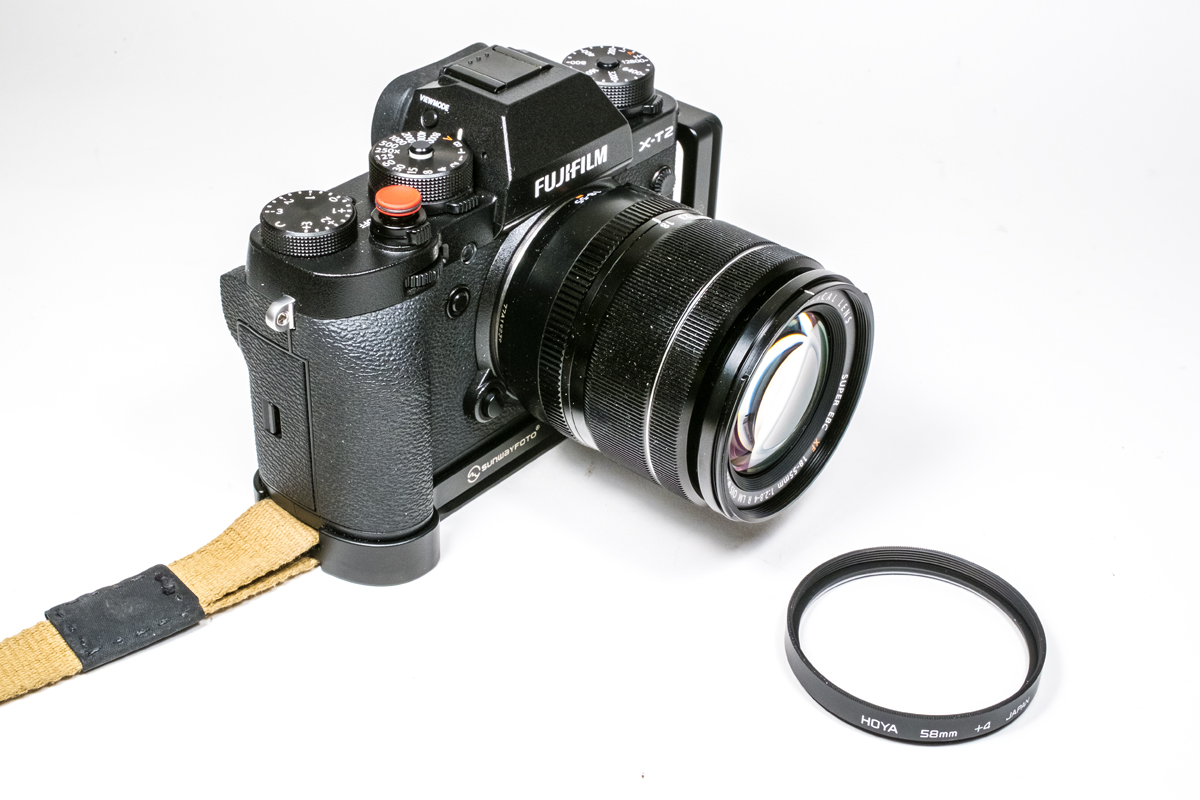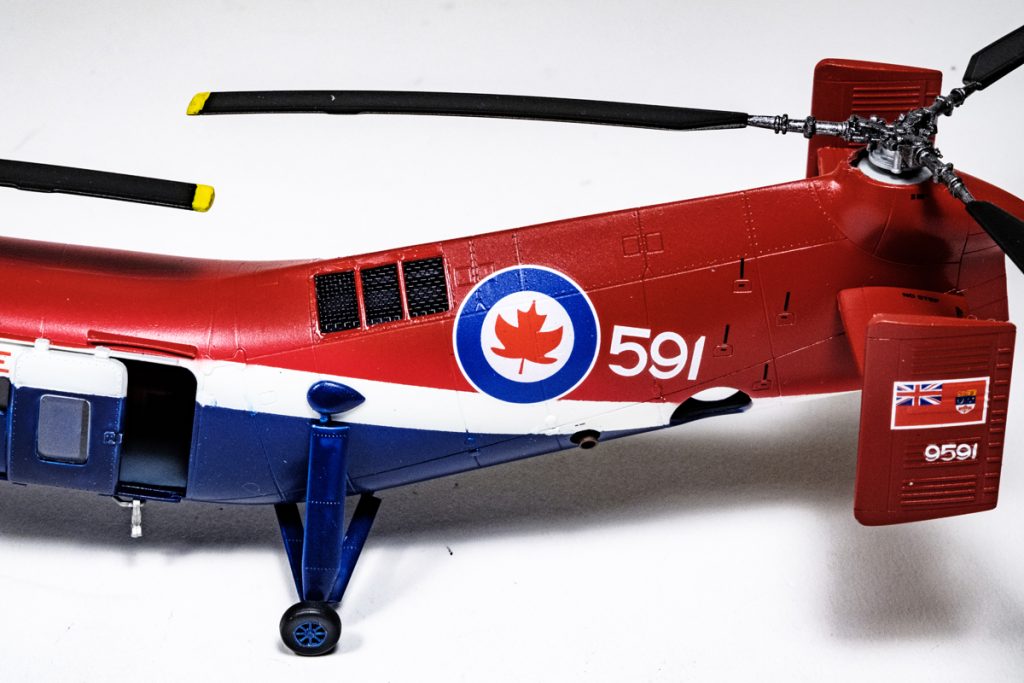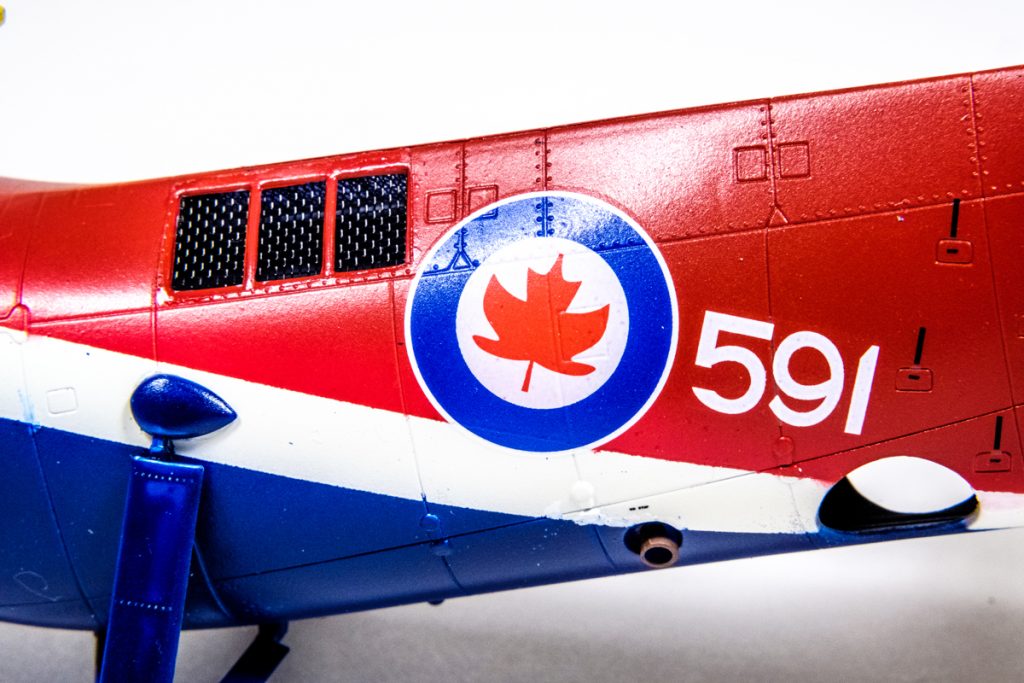
20 Feb Cheap
That’s me.
Might as well be candid about it. I will spend money when I need to but I put a great deal of effort into finding it unnecessary. Sometimes that means a great deal of expense but I’m happy to say that’s not the case today. Today cheap succeeds.
The task in hand was getting a closer focus on the model aircraft – and upon shop stock – while using the Fujifilm 18 -55mm f:2.8-4 R OIS lens. Here’s an example of the closest focus achievable – 55mm and f:22.

Good – sharp and well-exposed – but just a little far away for many studio purposes. The lens itself is an unrecognised hero for regular photography. So much so, that I am using it in the experiment of mounting it and not changing it for a year – an effort to avoid the dust menace on the sensor.
But back to the day’s shooting. I located one of the simplest and cheapest solutions to this – the plain old supplemental lens. The accessory we all clapped onto our film cameras in the old days. Those of us who shot with rangefinder cameras in the 60’s put ourselves through some horrific mathematical exercises as we tried to frame and focus with these. When we got to SLR film cameras we were able to see what we were doing…
The use of a Hoya 4+ diopter supplementary lens would normally be thought to involve a lot of sacrifices – the resolution and colour fidelity of a lens being altered by the extra element. We were all cautioned not to expect much at the margins of the shot. Yet have a look at the same spot on the RCAF Piasecki Flying Banana…I find the resolution quite acceptable.

I could also get closer with the Fujifilm 11mm and 16mm extension tubes but this would be too close for most studio work – and would open the body to dust yet again. The 60mm or 80mm Fujifilm macro lenses would also be wonderful but look again at the title of this post.
Conclusion? Well there are many ways up the mountain and not all the pathways have to be a toll road. If you are in a similar position remember that diopter lenses were made in +1, +2, and +4 in may diameters. They may well be worth your looking out for your own photography.
Good enough for product illustration, Madge? You have no idea how many times you’ve been soaking in it…


No Comments